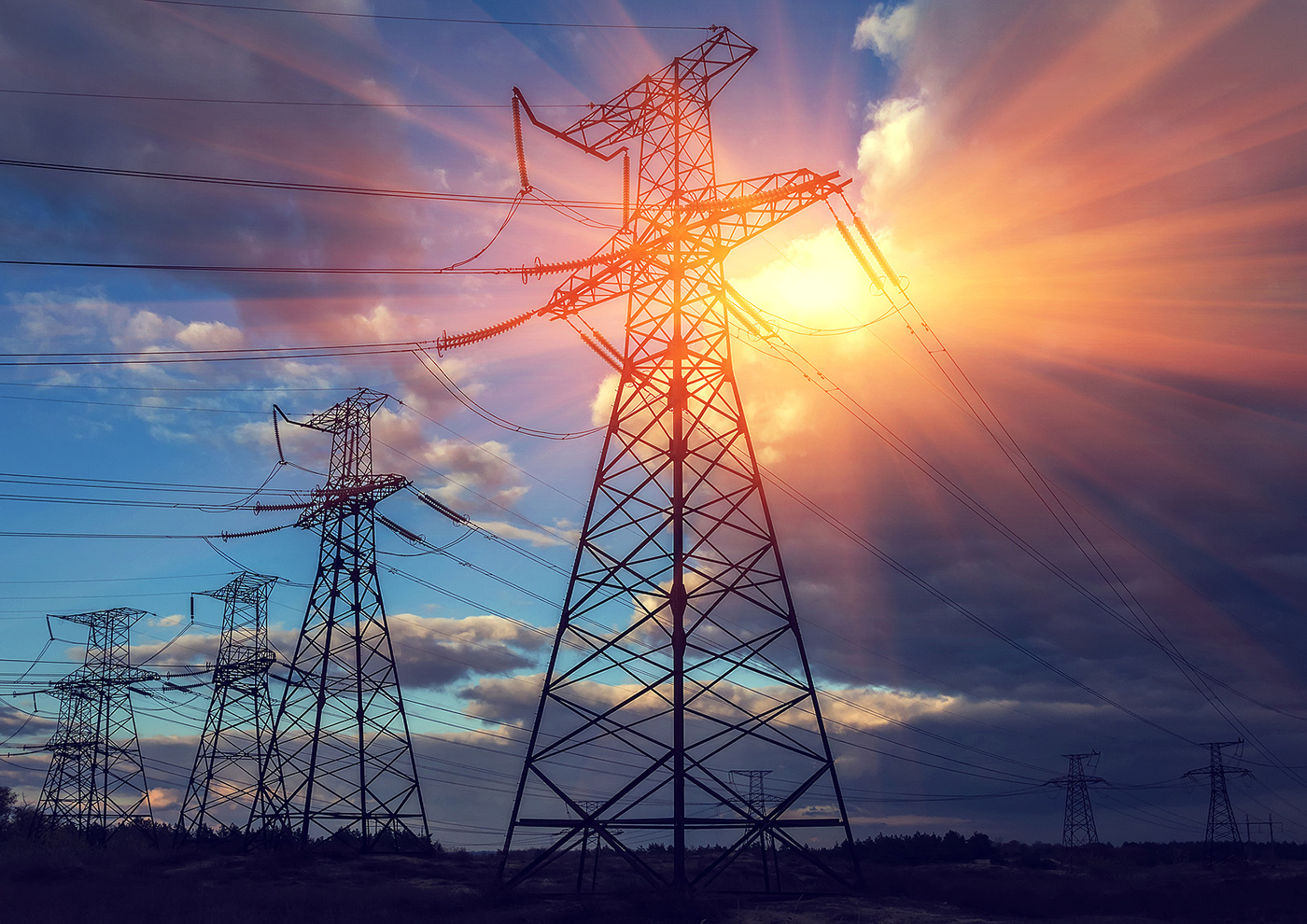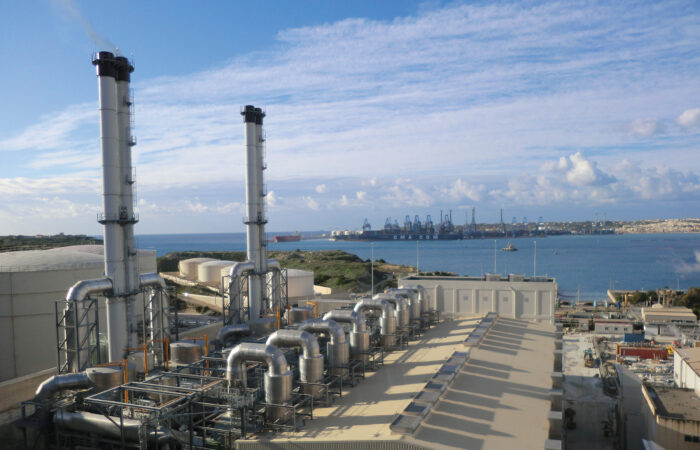Elias Hazou*
There are more questions than answers over the subsea energy cable, 12 years after it was first mooted. As the debate over the Great Sea Interconnector heats up, with the government poised to decide in about three months on whether to become an equity investor, questions still hang over the fundamentals of the project. Meantime, the decision by the Cyprus energy regulator to give the thumbs-down to a levy on Cypriot consumers before the cable goes live, might sink the entire endeavour.
It bears recalling that the mooted subsea cable linking Cyprus to Crete, with the stated intent of ending the island’s energy isolation, dates back to January 2012. It was announced in Nicosia by Nasos Ktorides – the CEO of the EuroAsia Interconnector company – who called it “an energy bridge between Europe and Asia”. The “Asia” part referred to the segment that would connect Cyprus to Israel. That aspect is less and less talked about these days.
Fast forward, ten years later. In January 2022, the European Commission approved €657 million under the Connecting Europe Facility. An inaugural ceremony was held at the presidential palace, attended by the European Commissioner for Energy, the Cypriot and Greek energy ministers and other dignitaries.
And then, in October 2023, EuroAsia Interconnector Ltd – the project promoter – dropped out. In came the Greece’s Independent Power Transmission Operator, or ADMIE.
ADMIE is 51% owned by the Greek state. The State Grid Corporation of China has a 24% stake, with the remainder owned by other investors.
Initially, the Cyprus-Crete stretch of the cable was estimated to cost €1.6 billion. This later rose to €1.9 billion – reportedly due to the rising cost of construction materials.
Before the Cypriot company jumped ship, even the government had to concede that the project faced a funding shortfall. In August 2023 it emerged that the European Investment Bank was not keen on approving a loan.
With ADMIE now in the driver’s seat, things began to speed up. In early July this year, ADMIE formally submitted its cost-benefit analysis to the Cypriot energy ministry. According to the dossier, as transmitted to the media, with a fully operational interconnector, electricity bills for Cypriot consumers would drop by as much as 30% by 2030.
ADMIE would like consumers both in Greece and Cyprus to be charged from January 2025, before the interconnector goes live. The 0.6 cents per kilowatt-hour levy, would allow ADMIE to recoup part of the costs, but also let them demonstrate to potential investors, like banks, that they’ve got a steady and guaranteed revenue stream.
However, Cyprus’ own energy regulator threw a monkey wrench in the works, having issued a decision that consumers here should pay nothing before the cable goes operational in 2030.
That in turn prompted Energy Minister George Papanastasiou to warn that, absent some guaranteed funding, the European Commission might withdraw its pledged €657 million grant for the project. And if that happens, he added, “the project is effectively dead.”
To recap: the project faces criticism due to questionable financial forecasts, unequal cost distribution (67% for Cyprus, 33% for Greece) and geopolitical risks (read: the Turkish navy).
The recent delivery of the cost-benefit analysis did little to allay fears. Instead, it seems to have generated more questions than answers.
Members of the Employers and Industrialists Federation expressed doubts about the project’s utility, though not opposing it outright.
In a joint press release, energy producers stressed that the total cost must be finalised and anything in excess should be paid by the investor, while sanctions should be imposed if the tenderer does not deliver by 2030, the scheduled completion date.
They said also that any standing charge to be paid by consumers prior to commercial operation of the cable would be “unreasonable and irrational”.
As one analyst succinctly puts it, the whole project is mired in unknowns.
Constantinos Hadjistassou, a professor at the University of Nicosia specialising in energy and offshore engineering, cites one example: the Cyprus energy regulator and ADMIE don’t even agree on the lifetime of the interconnector. The former says 25 years, the latter 30 years.
Why do these numbers matter? Because the shorter the lifespan, the higher the required rate of return on investment, which means a higher burden on consumers.
For Hadjistassou, beyond the financing which is “a big question mark”, a key issue relates to whether the project as currently conceived, will be worth it for Cyprus.
He explains: “It will be a two-way connection, meaning that Cyprus can either import or export excess electricity.”
“But Crete doesn’t have enough generation capacity either through renewables, battery storage or conventional means. So, while we could plausibly export electricity to Crete, importing from them is unlikely. And don’t forget that Crete is no powerhouse – its population is even smaller than Cyprus’.”
He goes on: “If we [Cyprus] are paying the lion’s share of the price, then we must benefit the most.”
So, the importing from Crete side of the equation doesn’t look good – at least for now. What about supplying Crete with surplus electricity?
The expert believes that the current price of electricity in Cyprus won’t be attractive to potential buyers in Crete. They’ll be able to find cheaper electricity elsewhere, including mainland Greece.
Bottom line, says Hadjistassou, the price of electricity here must come down, and crucially it must do so before the interconnector goes live. One way of doing that is to boost capacity in renewables. But that’s not all – the government may also have to renegotiate downward the rates it currently pays renewables producers. There’s still a great deal of prep work to be done.
Meanwhile, the EU has set a target for 90 per cent of electricity to come from renewables by 2040, either locally generated or from battery storage.
So, if the argument is that the cable will help Cyprus meet that target, that argument is false, says Hadjistassou confidently.
“It won’t help us meet that target, but it would help Greece.”
As for the financing of the project, the basic statistics are as follows: the project is estimated at €1.9 billion. There is €657 million of EU funding pledged, plus €100 million from the Cypriot energy ministry, giving a total of €757 million.
Subtract the €757 million from the €1.9 billion and you get €1.143 billion. That’s the amount to be paid by consumers in Cyprus and Greece. And since two thirds will come from Cypriot consumers, two thirds of €1.143 billion is €762 million. But these are all estimates.
Hadjistassou says he’s neutral on the subject – neither for nor against.
“But all the unknowns must become knowns. We need to attach firm numbers so as to have a precise picture. Right now, that’s not the case.”
*Elias Hazou is a veteran Cyprus Mail reporter. His expertise lies in the fields of energy, politics and parliamentary shenanigans. The article is reposted from the Cyprus Mail.




